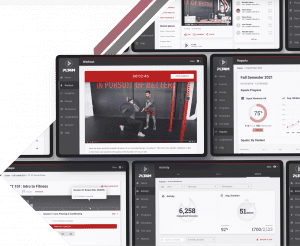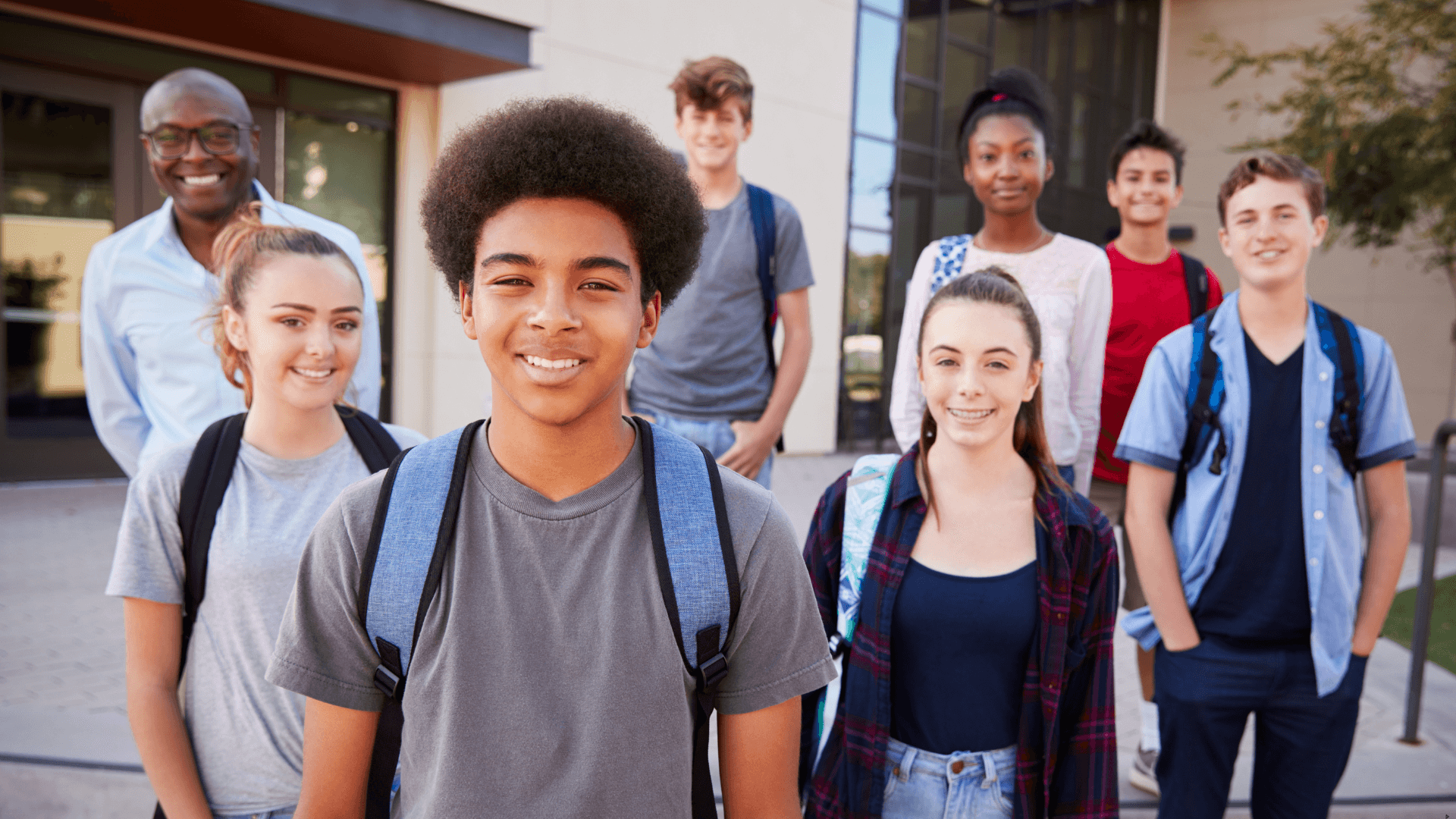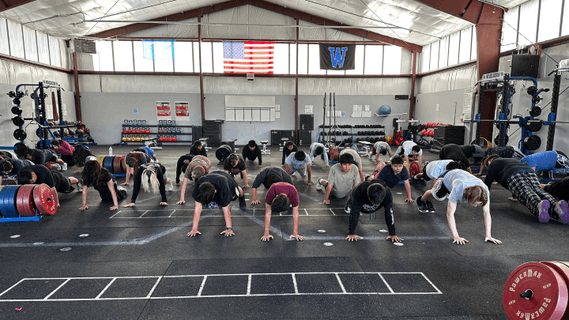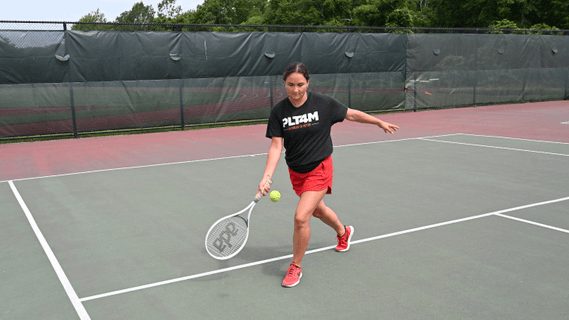Adapted physical education and adapted physical activity programs play a critical role in promoting physical activity and overall well-being for individuals with disabilities. In this article Alex X. Martínez explores and expands on adapted physical education and physical activity and offers practical insights for schools and communities.
About The Author: Alex X. Martínez is a Project Coordinator for the Community Health Department at Lakeshore Foundation and an Inclusion Specialist for The National Center on Health Physical Activity and Disability (NCHPAD). He specializes in creating training and physical resources for physical education teachers to promote the inclusion of students with disabilities. Alex has an undergraduate degree in Physical Education Teaching and a master’s degree in Curriculum and Teaching in Physical Education. He has taught physical education at preschool, elementary, and high school levels and courses related to exercise science, coaching, health, and wellness at the university level.
This article is part of an on-going partnership between PLT4M, Lakeshore Foundation, and NCHPAD. Together, these groups are on a mission to educate and support teachers, coaches, and community members.
Adapted Physical Education – The Call For Inclusion
The Physical Activity Guidelines for Americans recommend that children and adolescents ages 6 through 17 complete 60 minutes or more of moderate-to-vigorous physical activity daily. Regular physical activity in children and adolescents promotes health and fitness and helps to reduce obesity and the risk of developing chronic conditions.
This recommendation from the CDC is for all students. That means we must see this, as well as other research, as a direct call for inclusion for students with disabilities. There are countless reasons that students with disabilities benefit from physical activity and physical education.
Physical activity is an important factor in the prevention of secondary conditions. Secondary conditions occur as a result of a primary disability and can include pressure sores, pain, diabetes, hypertension, osteoporosis, and obesity. Obesity can be especially problematic for youth with disabilities because it can exacerbate secondary conditions, decrease independence, and limit mobility. To achieve this recommendation, children and youth must participate in a quality physical education program and physical activity throughout the day in addition to recreational or competitive sports.
Being physically active leads to the development of cognitive skills among children. In simple words, they become better at their lessons and learning. This blog article highlights the importance of inclusion and provides strategies to promote access and participation of people with disabilities during physical activity programs to enhance the health and wellness of people with disabilities.
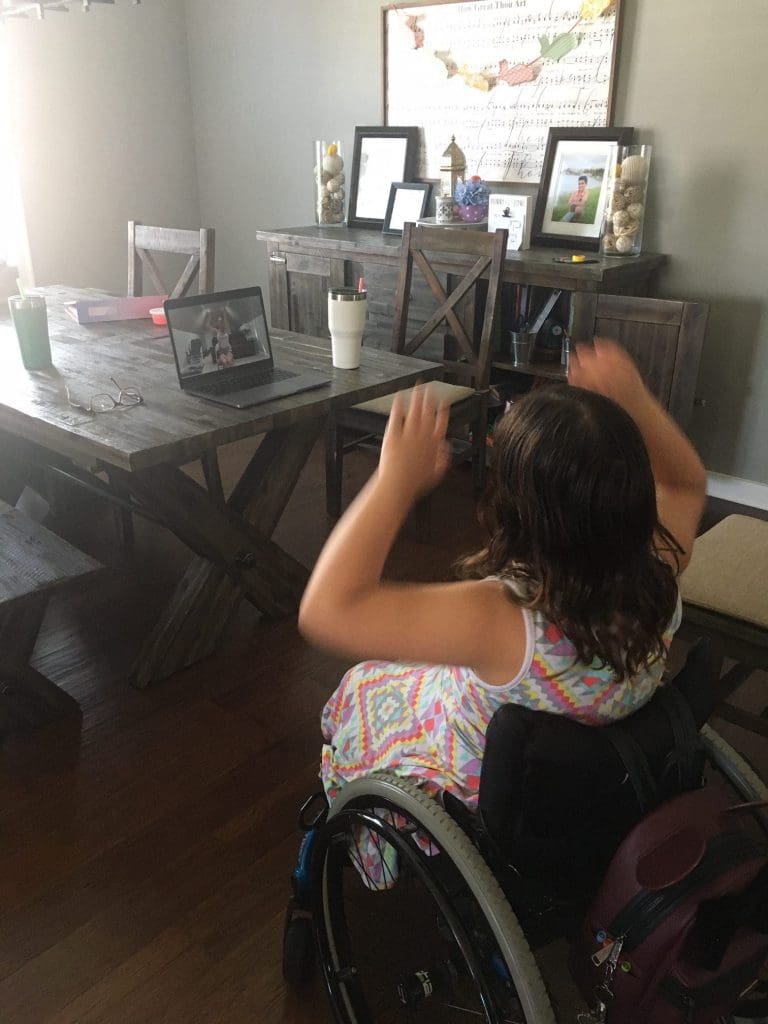
Physical Activity and People with Disabilities
According to the Government Accountability Office (GAO), children and youth with disabilities were found to have much lower rates of participation in physical education and sports compared to their peers. Moreover, according to the Health and Lifestyle of Youth with Disability Survey, only 40 percent of youth with a physical disability and 77 percent of youth with a cognitive disability felt they had the same level of participation as other students in physical education class.
Adults with disabilities are more likely to live a sedentary lifestyle and 3 times more likely to have heart disease, stroke, diabetes, or cancer than adults without a disability. In addition, the obesity rate for children with a disability is 38 percent higher than for children without a disability. Focusing on health promotion and increasing physical activity during childhood can encourage lifelong habits that can decrease the risk of chronic disease in adulthood.
The earlier children develop a liking for physical activity, the greater the chances of them maintaining positive fitness levels later in their busy adult lives. Adapted physical education and adapted physical activity are two important aspects of physical education that are tailored to meet the needs of individuals with disabilities to achieve the same health benefits as their peers.
Adapted Physical Education
Adapted physical education is physical education that has been modified so it is appropriate for students with disabilities. Under the Individuals with Disabilities Education Act (IDEA, 2004), all students with an Individualized Education Program (IEP) should receive effective physical education services.
Adapted physical education is a specialized program designed to meet the unique physical education needs of students with disabilities. This program is designed to help students with disabilities develop physical skills, knowledge, and attitudes necessary for a healthy lifestyle. Adapted physical education is typically provided as a component of special education services and is provided to students with various disabilities, such as intellectual disabilities, autism, physical disabilities, and sensory impairments.
The primary goal of adapted physical education is to provide students with disabilities the opportunity to participate in physical activities and games that are adapted to their abilities. For example, suppose a student has a visual impairment. In that case, the adapted physical education program may include using special equipment such as beep balls or bells to help them participate in games such as soccer or basketball.
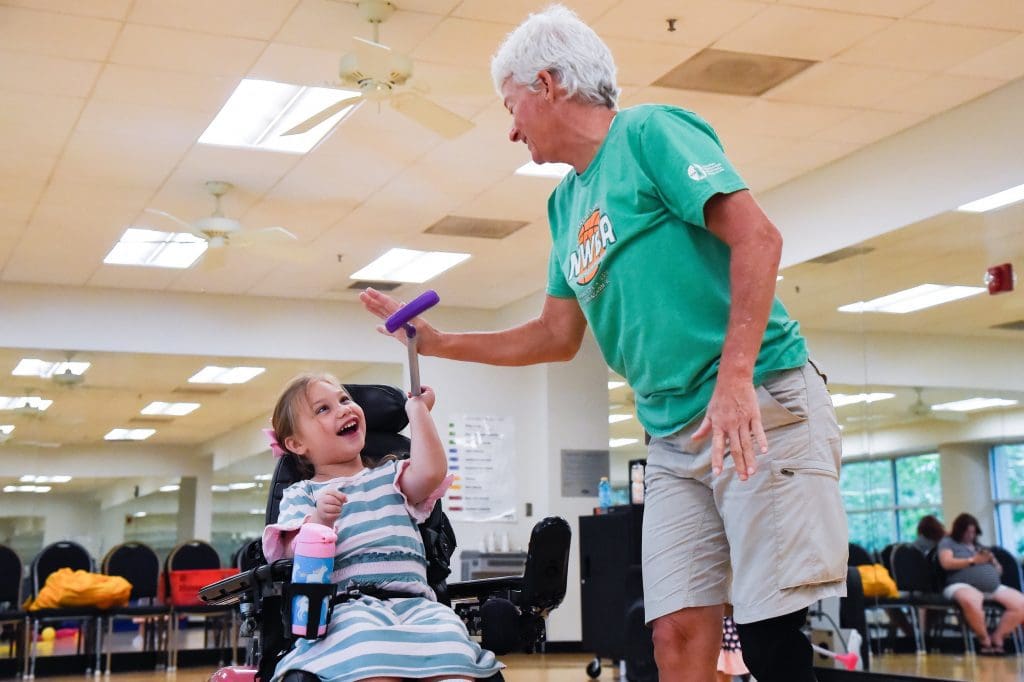
Least Restrictive Environment
The least restrictive environment ensures that students have the opportunity to engage with the same-age peers without disabilities. Students with disabilities must be included to the maximum extent possible in the general physical education program.
However, students with disabilities who are receiving adapted physical education, and students who are participating in the general physical education program with accommodations/modifications can be placed in a variety of learning environments. A student might be placed in more restrictive learning environments when an appropriate education cannot be provided with the use of aides and services. Here is a list of placement options starting with the least restrictive option:
- General physical education setting
- General PE setting with accommodations/modifications
- General PE setting with assistance from staff and/or APE specialist
- A separate PE class setting with peers and additional staff as needed
- Separate public school
Adapted Physical Activity
Adapted physical activity is defined as any bodily movement produced by skeletal muscles that require energy expenditure. Adapted physical activity is a program designed to promote physical activity for individuals with disabilities. Adapted physical activity programs focus on helping individuals with disabilities develop their physical abilities and improve their overall health and well-being. These programs are designed to be inclusive and welcoming to individuals of all abilities.
The primary goal of Adapted physical activity is to promote physical activity and health for people with disabilities. APA programs may include a variety of physical activities such as swimming, cycling, dance, yoga, and other sports that are adapted to meet the needs of individuals with disabilities. These programs are designed to improve mobility, strength, flexibility, and overall physical fitness.
Ready to Learn More?
Schedule a free 10 minute consultation to see how the PLT4M system can help you empower student learning.
Benefits of Adapted Physical Education and Adapted Physical Activity
Adapted physical education and adapted physical activity programs offer many benefits to individuals with disabilities. Some of the benefits of these programs include:
- Improved physical fitness: adapted physical education and adapted physical activity programs help individuals with disabilities improve their physical fitness, which can lead to improved health outcomes and overall well-being.
- Increased socialization: adapted physical education and adapted physical activity programs provide opportunities for individuals with disabilities to interact with their peers and build social connections.
- Enhanced self-esteem: participation in physical activity can boost self-confidence and self-esteem.
- Improved motor skills: adapted physical education and adapted physical activity programs can help individuals with disabilities improve their motor skills, which can enhance their ability to perform daily living activities.
- Reduced risk of chronic diseases: Regular physical activity can help reduce the risk of chronic diseases such as heart disease, stroke, and diabetes.
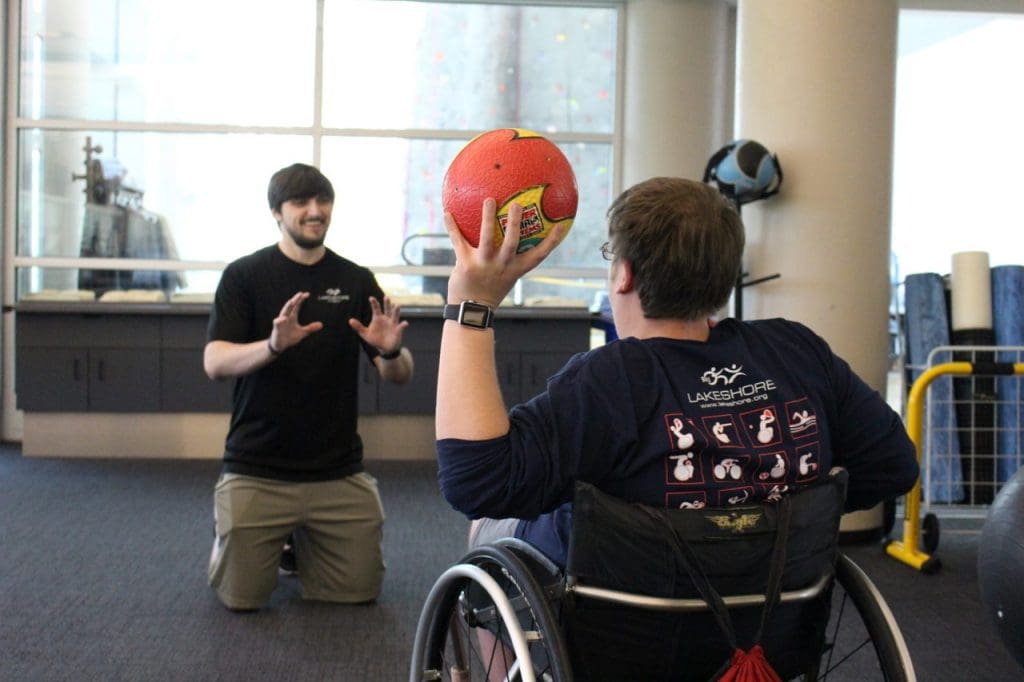
Inclusion in Physical Education and Adapted Physical Activity
Full inclusion begins with the recognition that children and youth with disabilities are integral members of the school community and must be more than just acknowledged as an afterthought. Physical activity programs within a school should address the needs of all students in the school community, including those with a disability. In doing so, it is important to bring together those that represent the needs of children and youth with disabilities. An existing group or new committee must actively recruit people with disabilities, family members, and others that represent and understand the needs of people with disabilities.
According to Dr. James Rimmer, Director of the National Center on Health, Physical Activity and Disability (NCHPAD), “Inclusion in athletics is how children learn from each other, build social skills and optimize their growth and development.”
Therefore, it is obvious that physical education can play a major role in children’s lives, both now and in the future. You can help shape these lives now by helping your students become active and independent, which can translate into them becoming active, independent adults.
Promoting Inclusion
Educators, school staff, and parents can help to promote the inclusion of children and youth with disabilities in school physical activity programs. Inclusion assumes that all children, regardless of ability or disability, have the right to:
- Be respected and appreciated as valuable members of the school community
- Fully participate in all school activities
- Interact with peers of all ability levels with opportunities to develop friendships and learn and respect differences
Strategies to promote inclusion in Adapted Physical Education and Adapted Physical Activity
Before, during, and after-school activities create a unique opportunity for inclusion in the school community. There can be an increased interaction between students with and without disabilities of varying ages and ability levels, along with opportunities for friendships and benefits to students with and without disabilities. Here are some examples of inclusion strategies for before and after school activities.
Walking and biking to school
- Assess community accessibility, such as curb cuts or safety crossing streets.
- Communities should support walking/wheeling and biking to school by enhancing the accessibility of infrastructure, including paths and public rights-of-way.
Physical activity clubs or intramural programs or other extracurricular activities
- Offer club opportunities that allow for students with and without disabilities to play together and promote inclusion.
- Ensure that extracurricular activities use accessible facilities and provide accessible equipment to promote participation.
- Increase awareness that students with disabilities have a right to participate in extracurricular activities under Section 504 of the Rehabilitation Act.
Informal recreation or play on school grounds
- Assess the accessibility of playgrounds and outdoor play areas and make changes to improve access.
- Provide equipment that allows for the inclusion of students with disabilities into activities.
Coordinated with community-based programs
- Seek out extracurricular, community-based programs that are accessible and inclusive of people with disabilities.
- Access the the National Center on Health Physical Activity and Disability (NCHPAD) website to link to community resources.
Recess or physical activity booster
- Recess should not replace physical education.
- Exclusion of recess should not be used as a punishment.
- Ensure the outdoor playing areas such as the playground are safe and accessible.
- Consider using classroom activity boosters that do not just involve walking, marching, or jumping.
- An activity involving moving arms, hands, and heads in addition to legs also includes children and youth with disabilities.
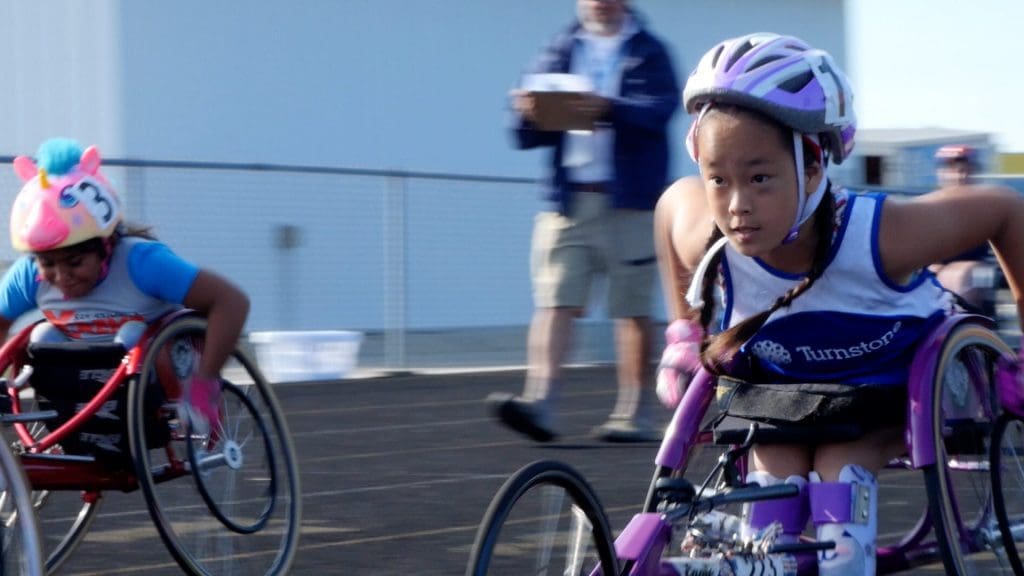
Quality Physical Education
The process of learning is not the same for each student. Students have unique ways of learning. Students can learn by moving, hearing, seeing, or writing/reading. Teachers must provide instruction supported by Universal Design for Learning (UDL). UDL has emerged as a framework that uses a variety of teaching methods to remove barriers and increase access to learning to provide ALL students equal opportunities to learn and succeed.
Educators can increase the inclusion of students with disabilities by creating adaptations to the program activities. In order to create appropriate adaptations to the curriculum teachers should consider making changes to the movement form, instruction, rules, equipment, and environment. One of the simplest ways of adapting an activity is to modify or substitute the movement involved.
Here are some examples of possible adaptations to adapt the movement form:
Instead of running or walking
- Propelling in a wheelchair
- Driving a powered wheelchair
- Riding a tricycle
- Pedaling a hand-bike
- Walking with a partner
- Rolling across a mat
Instead of throwing or kicking a ball
- Carrying a ball between two points
- Dropping or releasing a ball at a certain marker
- Rolling a ball along the floor
- Sending a ball down a ramp or table-top
Instead of catching a ball
- Blocking a ball using the student’s own body
- Intercepting a ball using a bat or racquet
- Blocking a ball using netting held between a student and a partner
- Capturing a moving ball through a hoop
Final Thoughts on Adapted Physical Education and Adapted Physical Activity
In conclusion, adapted physical education and adapted physical activity programs play a critical role in promoting physical activity and overall well-being for individuals with disabilities. These programs provide opportunities for individuals with disabilities to participate in physical activity and promote socialization, self-esteem, and improved health outcomes. As we continue to recognize the importance of physical activity for individuals with disabilities, it is essential to ensure that these programs remain accessible and inclusive for all.

